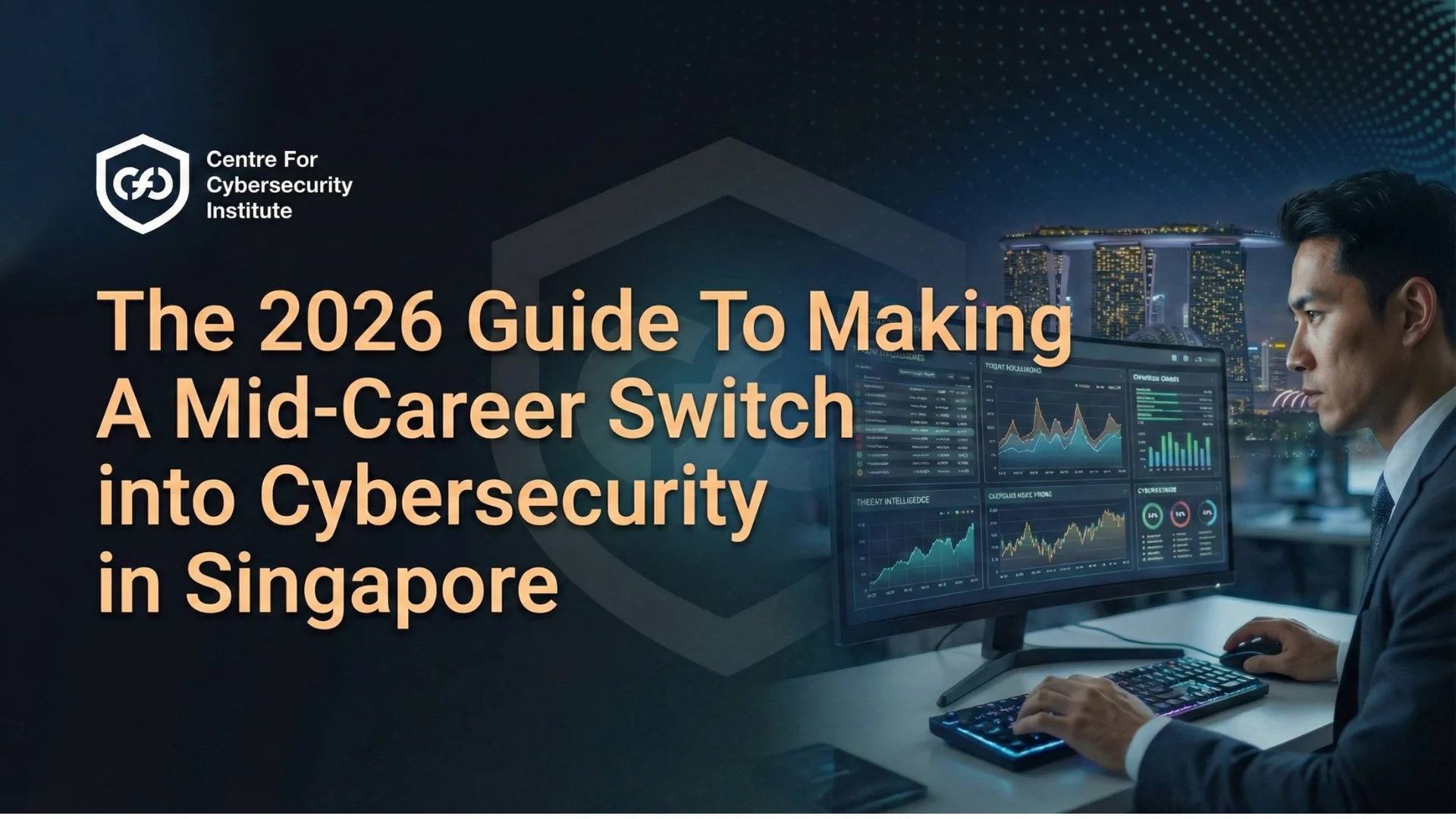
TL;DR
- Who it's for: Singapore-based CEOs, IT leads, HR and compliance officers across all sectors
- Key takeaways:
- OT (Operational Technology) and CII (Critical Information Infrastructure) are now prime targets for advanced cyberattacks
- Even non-OT businesses are exposed via supply chains, partnerships, and data obligations
- CSA and MAS will increase scrutiny on connected businesses post-breach
- Actionable next step: Conduct an OT/CII exposure risk review and strengthen employee vigilance protocols
Introduction: Singapore’s Cyber Wake-up Call
On 18 July 2025, Singapore’s Home Affairs and Law Minister K. Shanmugam publicly confirmed that a foreign state-linked cyber-espionage group, known as UNC3886, had successfully breached several systems supporting the nation’s Critical Information Infrastructure (CII). This attack was not random; it was part of a deliberate and sustained effort targeting national operations and public safety.
The Cyber Security Agency (CSA), MINDEF, and SAF have been mobilised, with investigations revealing that advanced techniques were used to avoid detection for extended periods. Singapore’s defence posture is shifting accordingly and so should yours.
Even if your business does not directly operate within a CII sector, the ripple effects of such attacks can be significant. Every organisation is digitally interconnected. That means even indirect links to targeted infrastructure can expose your company to data compromise, service interruptions, or regulatory scrutiny.
Operational Technology (OT) includes systems that control or monitor physical assets. Examples:
- SCADA (Supervisory Control and Data Acquisition) in water treatment
- Industrial control systems in manufacturing
- Building management systems in smart infrastructure
Critical Information Infrastructure (CII) refers to essential systems defined under Singapore's Cybersecurity Act. These span 11 sectors:
- Energy, Water, Healthcare
- Transport (MRT, aviation), Maritime
- Banking & Finance, Government, Media
- Info-communications, Emergency Services
What makes CII different?
- CII operators are legally required to implement robust cybersecurity controls and report any incidents to the CSA
- Disruption of these systems can result in national-scale consequences, from power outages to compromised healthcare
The UNC3886 incident highlighted how state-backed attackers can operate covertly across CII-linked systems for prolonged periods without triggering alerts.
A breach of critical infrastructure sends shockwaves across the economy. Here’s why all businesses should pay attention:
- Operational Fallout: A logistics firm may face delivery breakdowns if transport systems are disrupted.
- Breach Contagion: Many businesses rely on shared cloud platforms or network services also used by CII operators.
- Compliance & Legal Risk: Companies handling regulated data or serving CII entities must prove due diligence. Under PDPA and MAS TRM Guidelines, shared responsibility applies.
- Expanded Audit Scope: Expect tougher scrutiny on third-party and vendor risk management practices.
In short: being "outside" CII doesn’t protect you if your services depend on it.
Threat actors don’t always go through the front door. They target supply chains, vendors, and employees to gain access to bigger targets. That includes:
- IT firms supporting public sector clients
- Logistics firms serving hospitals or energy grids
- Cloud vendors and web agencies handling sensitive portals
Case in point: The breach could have started from a compromised third-party vendor, whose employee unknowingly clicked on a phishing link.
Even SMEs with no direct CII role can become conduits for malware, surveillance, or credential theft if basic cyber hygiene isn’t maintained.
- Review Exposure
- Identify clients, platforms or tools linked to CII sectors
- Tighten Access
- Enforce MFA, device policies, and least-privilege access
- Segment Networks
- Separate critical assets from general IT systems
- Conduct Scenario Drills
- Simulate how a supplier-side breach could impact you
- Empower Employees
- Train staff to spot social engineering and escalate concerns quickly
Important note: CFCI does not currently offer OT or CII-specific training. However, foundational awareness and vigilance across your workforce remain vital in defending against these increasingly complex threats.
- Cybersecurity Act (CSA): Applies directly to CII, but will influence adjacent industries through regulatory updates and supply chain audits
- PDPA: Shared liability for data breaches, even if caused by third-party systems
- MAS TRM Guidelines: Financial institutions must ensure all IT partners meet minimum cybersecurity benchmarks
If you touch regulated data or infrastructure, even indirectly, you may be part of the compliance chain.
The latest breach is a wake-up call for Singapore's entire business ecosystem. While CSA strengthens safeguards for national infrastructure, individual companies must reinforce their own cyber defences too.
Awareness training, vendor risk controls, and internal governance are no longer optional.
CFCI supports Singapore businesses with practical, human-centric cybersecurity awareness programmes that help teams recognise and respond to evolving threats. While we do not train on OT or CII systems, we equip your workforce with the fundamentals that make a difference.
Find out more about our corporate cyber awareness training courses.
What is Operational Technology in simple terms?
OT includes the systems that monitor and control physical devices like factory machines or building sensors.
Are non-CII businesses required to follow the Cybersecurity Act?
Not directly, but firms connected to CII may be subject to audits, disclosures, and incident reporting.
What kind of employee training is most effective?
Quarterly, scenario-based sessions focused on phishing, ransomware, and awareness of infrastructure risks.
Can a breach in a telco or ISP impact my business?
Yes. Even without being a direct target, downtime or data loss from infrastructure partners affects your operations.
What are signs my business is part of the cyber supply chain?
You process data for regulated sectors, provide IT services, or rely on platforms linked to essential public infrastructure.
.png)


.png)

